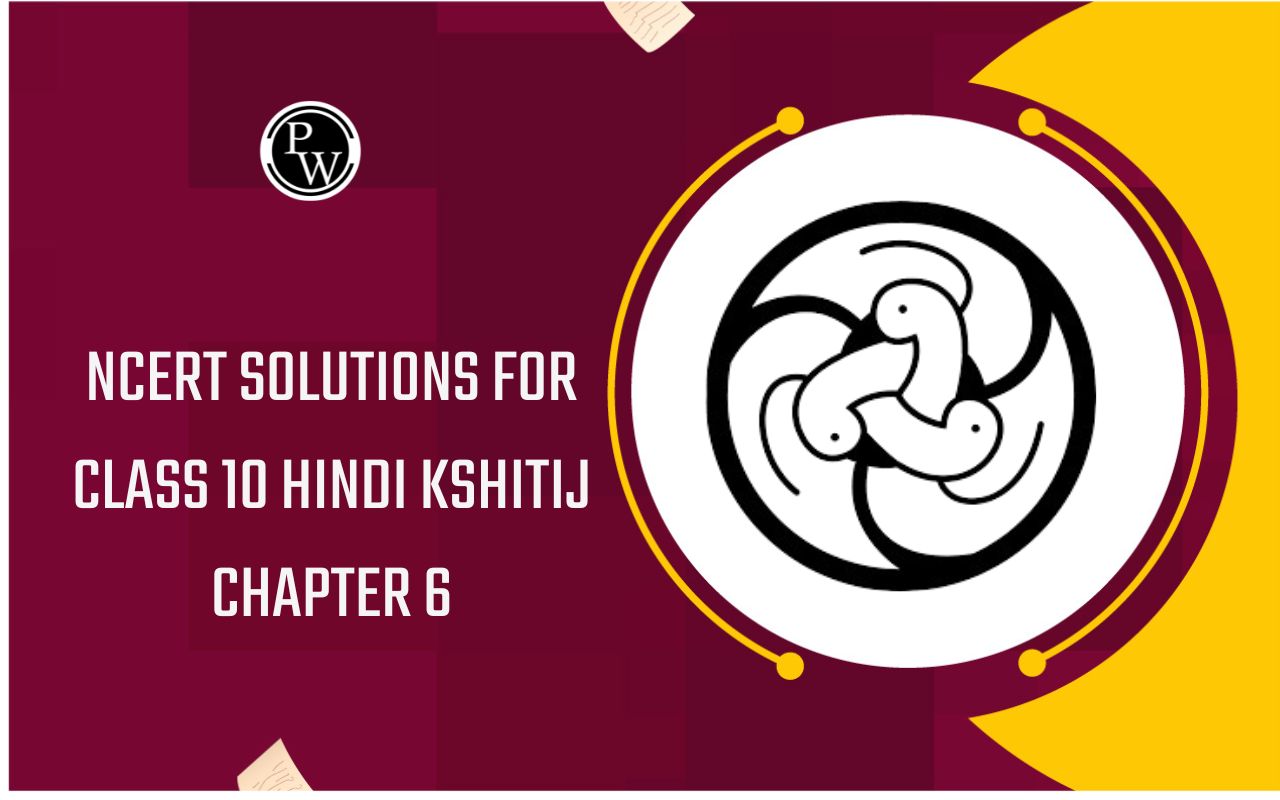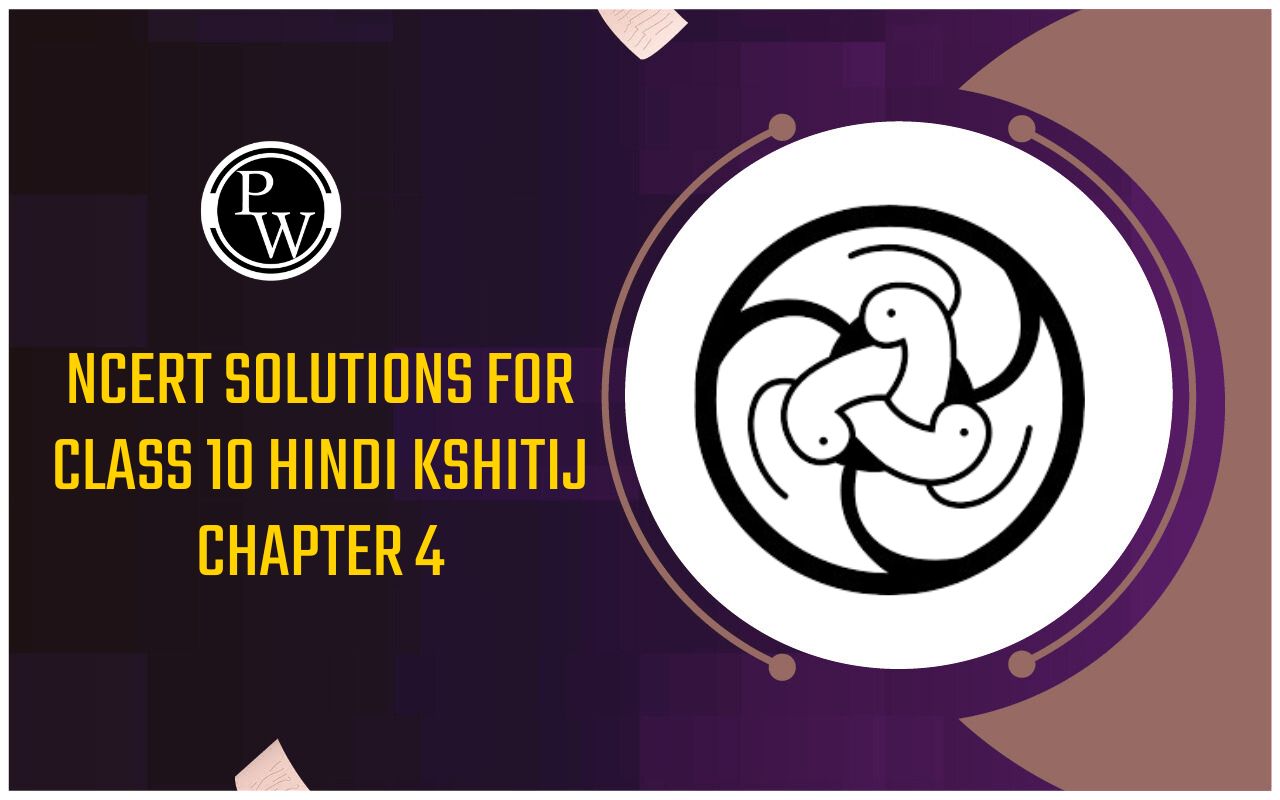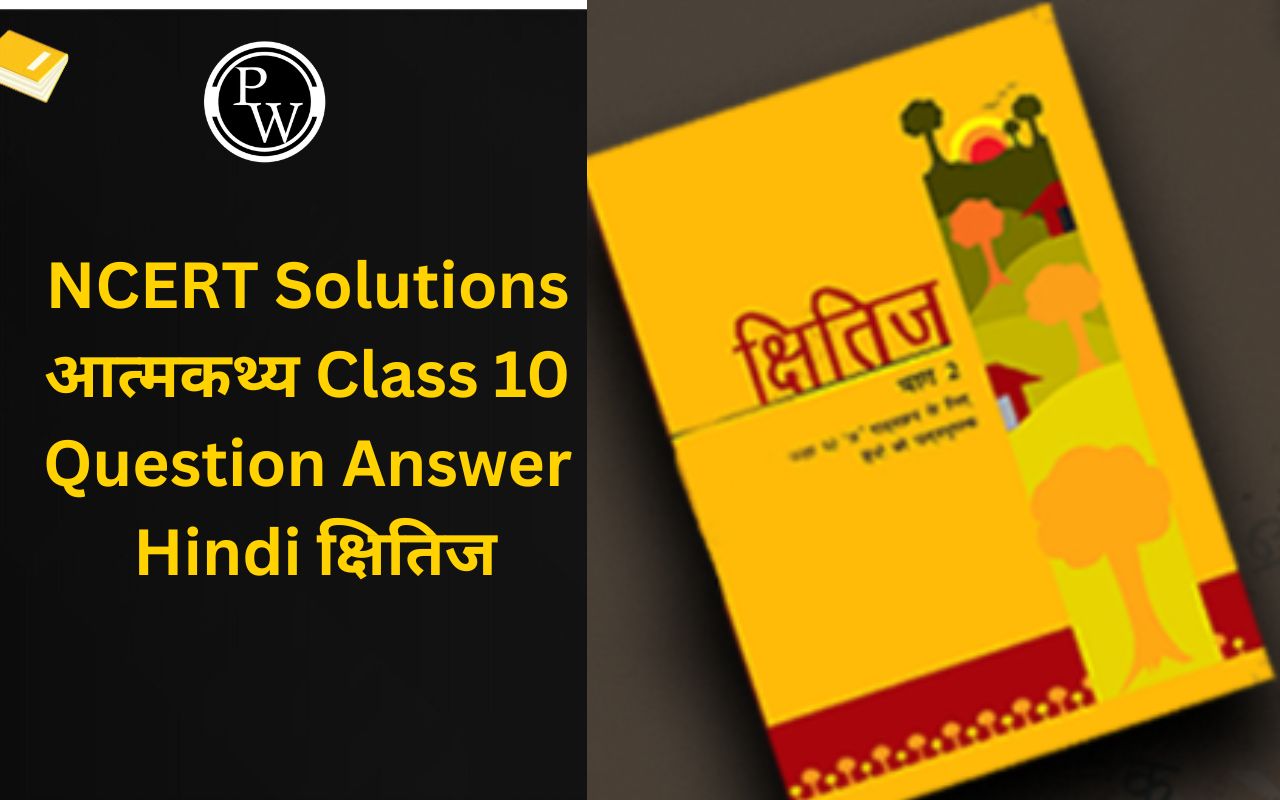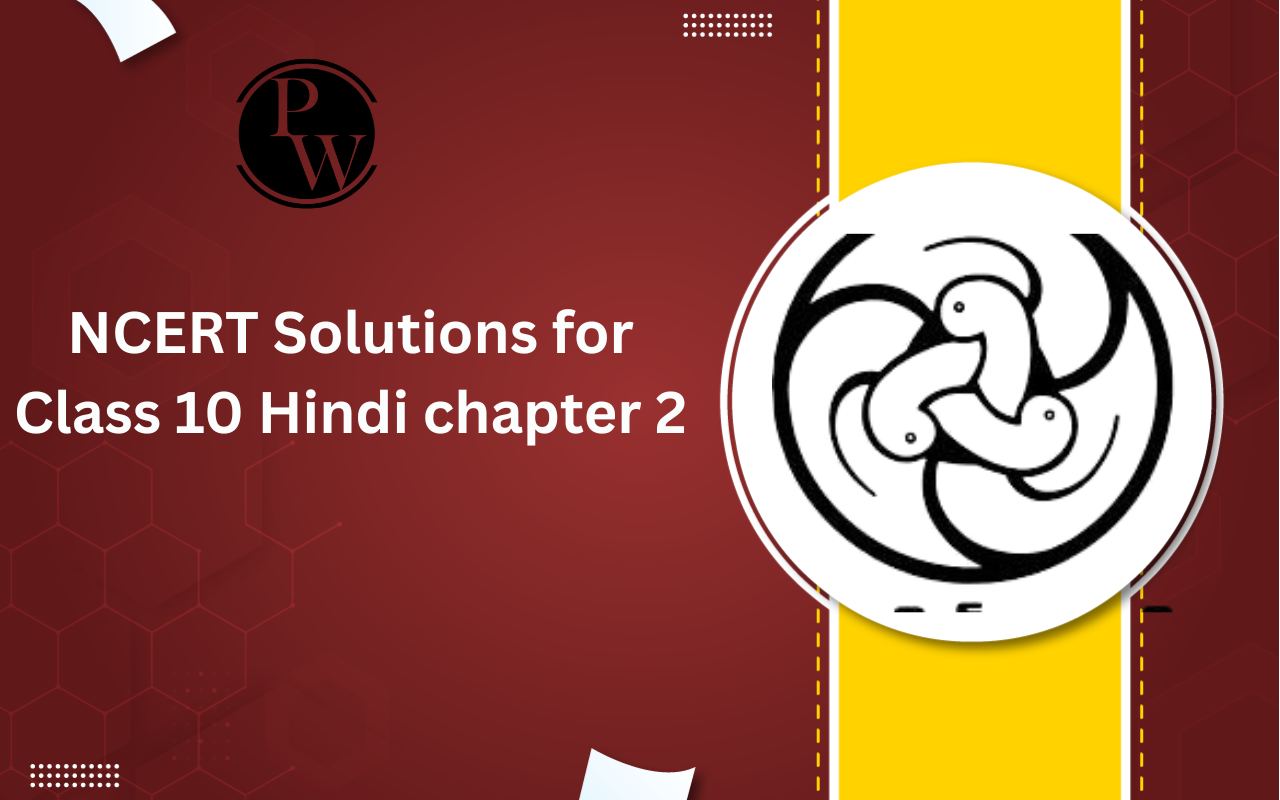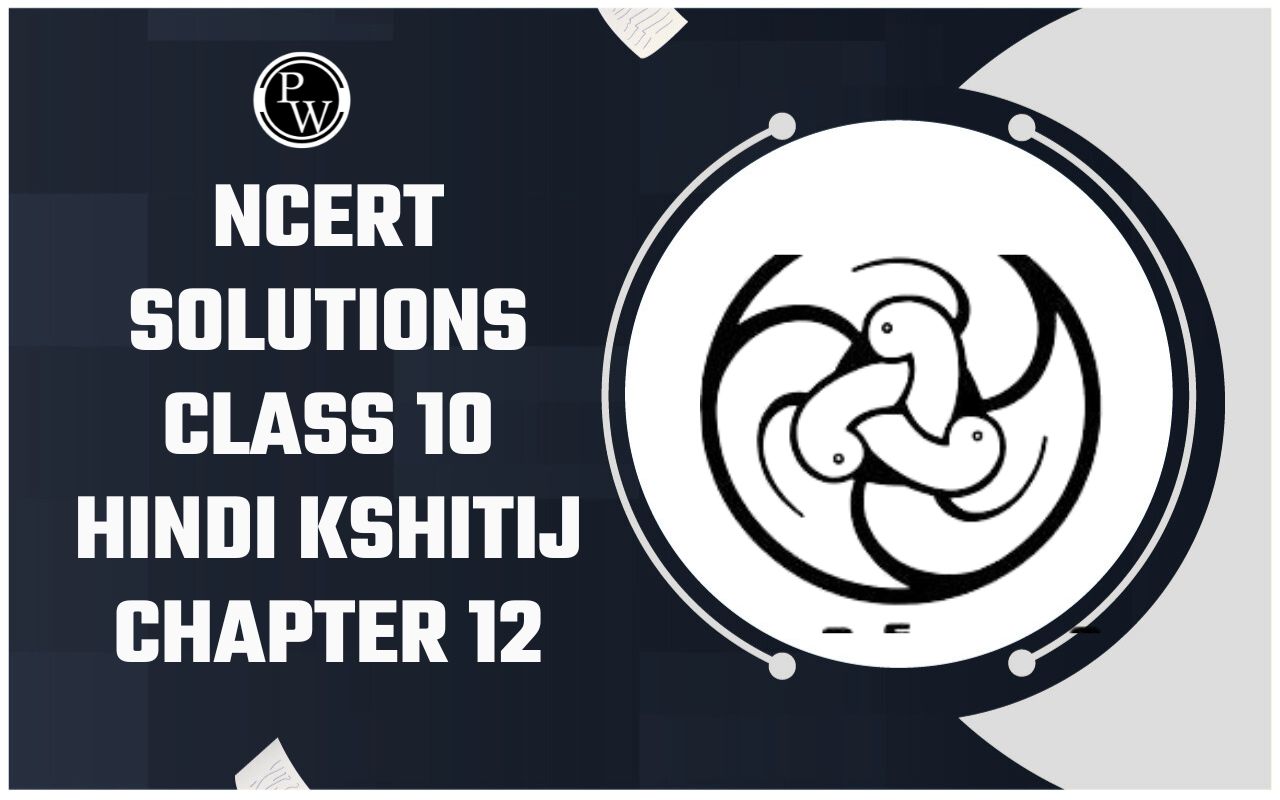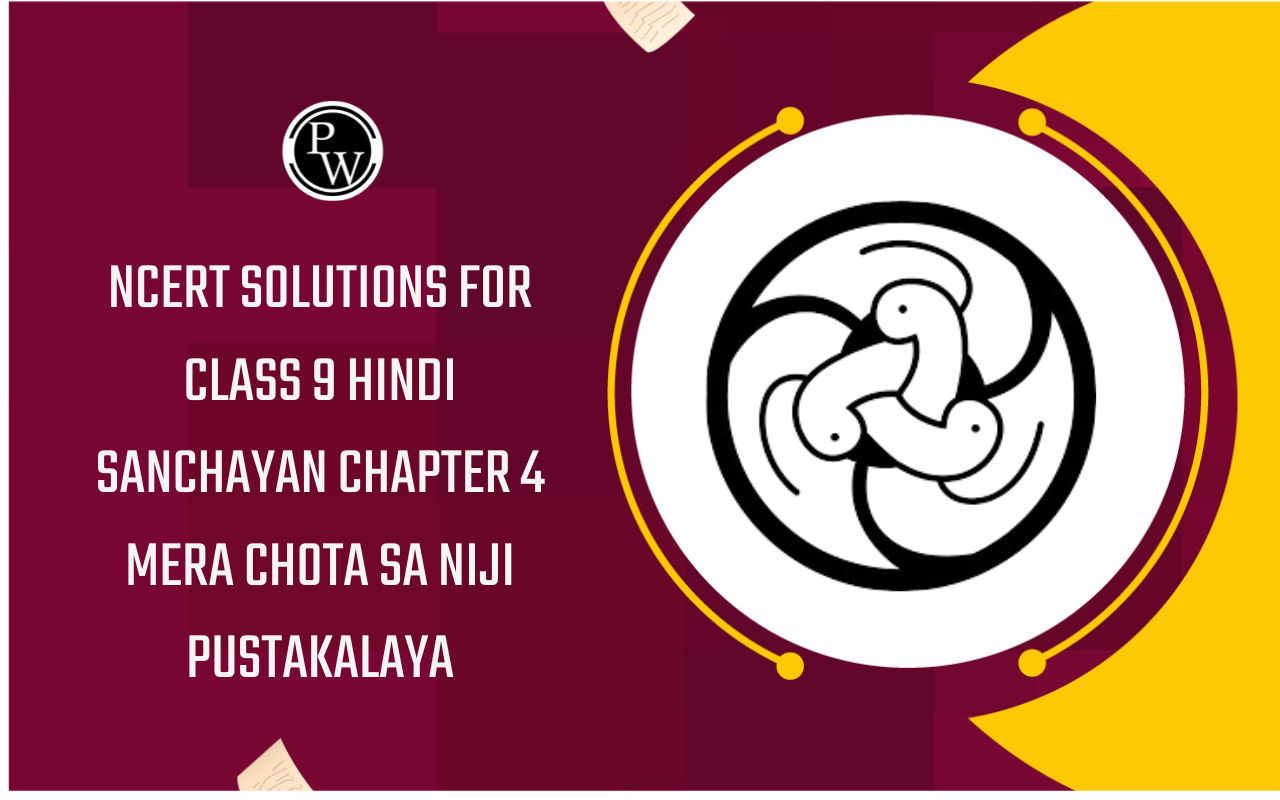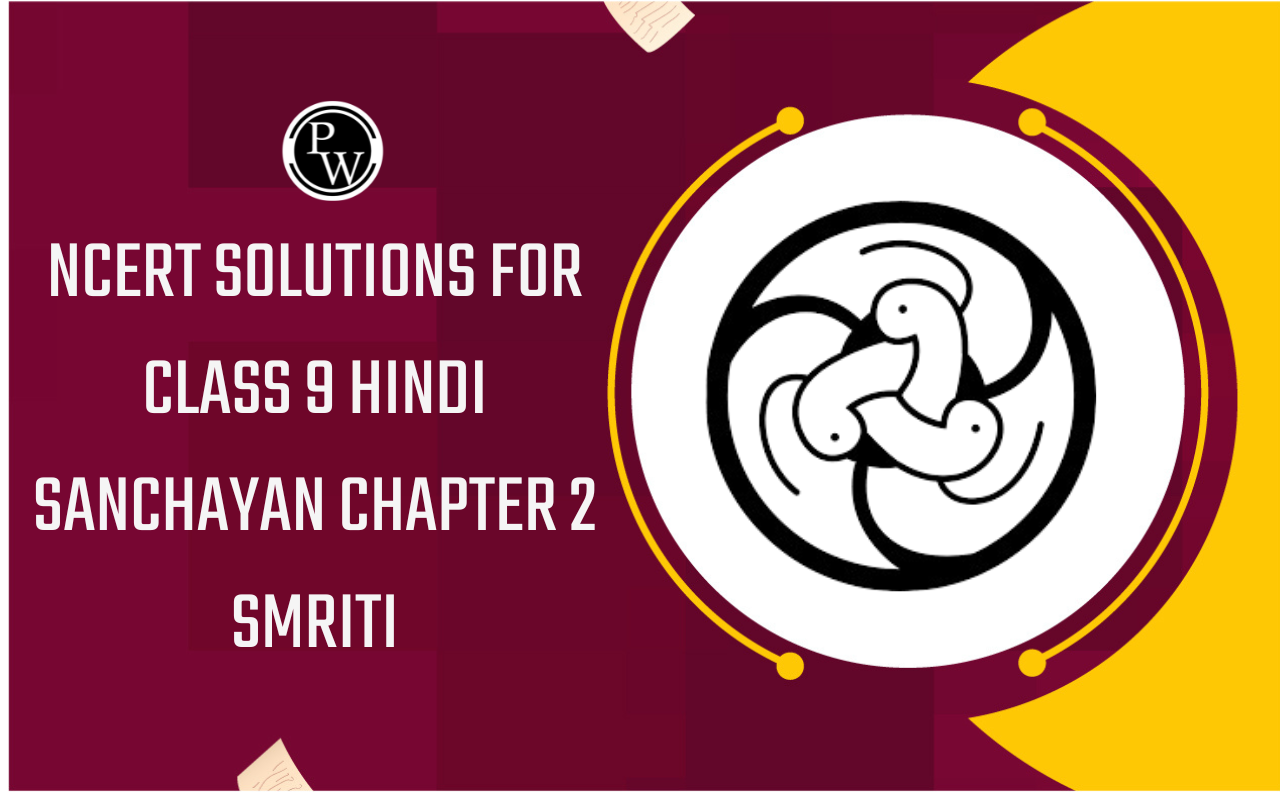
ICSE Worksheet for chapter-7 Atomic Structure class 9
Worksheet For class 9
Find ICSE Worksheet for chapter-7 Atomic Structure class 9
CLASS-9
BOARD: ICSE
Chemistry Worksheet - 7
TOPIC: Atomic Structure
For other ICSE Worksheet for class 9 Science check out main page of Physics Wallah.
SUMMARY –
- Dalton’s atomic theory and modern atomic theory.
- Discovery of electrons, protons, atomic nucleus (Rutherford’s experiment), neutrons.
- Atomic number, mass number, electronic configuration, octet rule.
- Isotopes, isobars, formation of electrovalent and covalent compounds.
SECTION -1
-
Elements X, Y, Z have atomic numbers 6, 9 and 12 respectively. Which one
- Forms anion – negative ion.
- Forms cation – positive ion.
- Has 4 electrons in the outermost orbit ?
-
Fill in the blanks spaces with appropriate words :
- The charge on the positive rays depends upon____________ of gas in the ___________ tube.
- The anode rays (positive rays) obtained from ____________ gas, consists of only protons.
- What is the main cause of existence of isotopes ?
- Why do all elements have fractional atomic mass ?
- a) Name an element which has one valence electron, but is a non-metal.
- Name an element which has two valence electrons, but is a noble gas.
- Why do the isotopes of same elements have similar chemical properties ?
SECTION – 2
-
Draw the atomic structure of the following elements geometrically, clearly showing the
- Number of protons,
- Number of neutrons,
-
Number of electrons in various shell around nucleus

-
The ratio of isotopes of
 in natural chlorine is 1 : 3. Calculate the fractional atomic mass of chlorine.
in natural chlorine is 1 : 3. Calculate the fractional atomic mass of chlorine.
- Atomic number of elements A, B, C and D are 3, 9, 11, and17 respectively. Identify two pairs amongst the elements which have similar chemical properties. Which pair is likely to be metallic in character ?
-
- Who discovered nucleus within an atom ?
- Briefly describe the experiment which led to the discovery of nucleus.
- State three ways by which a proton differs from an electron.
Talk to a counsellorHave doubts? Our support team will be happy to assist you!

Check out these Related Articles
Free Learning Resources
PW Books
Notes (Class 10-12)
PW Study Materials
Notes (Class 6-9)
Ncert Solutions
Govt Exams
Class 6th to 12th Online Courses
Govt Job Exams Courses
UPSC Coaching
Defence Exam Coaching
Gate Exam Coaching
Other Exams
Know about Physics Wallah
Physics Wallah is an Indian edtech platform that provides accessible & comprehensive learning experiences to students from Class 6th to postgraduate level. We also provide extensive NCERT solutions, sample paper, NEET, JEE Mains, BITSAT previous year papers & more such resources to students. Physics Wallah also caters to over 3.5 million registered students and over 78 lakh+ Youtube subscribers with 4.8 rating on its app.
We Stand Out because
We provide students with intensive courses with India’s qualified & experienced faculties & mentors. PW strives to make the learning experience comprehensive and accessible for students of all sections of society. We believe in empowering every single student who couldn't dream of a good career in engineering and medical field earlier.
Our Key Focus Areas
Physics Wallah's main focus is to make the learning experience as economical as possible for all students. With our affordable courses like Lakshya, Udaan and Arjuna and many others, we have been able to provide a platform for lakhs of aspirants. From providing Chemistry, Maths, Physics formula to giving e-books of eminent authors like RD Sharma, RS Aggarwal and Lakhmir Singh, PW focuses on every single student's need for preparation.
What Makes Us Different
Physics Wallah strives to develop a comprehensive pedagogical structure for students, where they get a state-of-the-art learning experience with study material and resources. Apart from catering students preparing for JEE Mains and NEET, PW also provides study material for each state board like Uttar Pradesh, Bihar, and others
Copyright © 2025 Physicswallah Limited All rights reserved.
Get App
